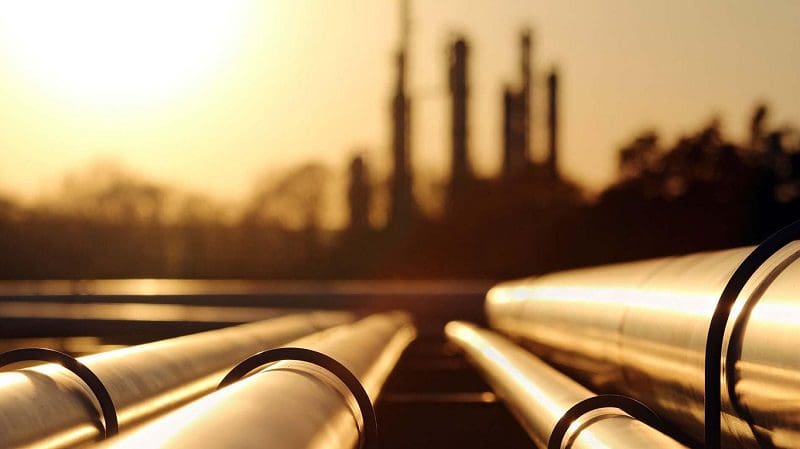Natural gas has been called the fuel of the future for quite some time.
It is available in large quantities.
It has a complex infrastructure of pipelines, compressors and utilities to deliver massive amounts to consumers.
It has an exceptionally high energy content compared to other energy sources, such as coal.
It is produced in America by Americans, creating jobs and economic wealth.
Its major disadvantage: price volatility.
Natural gas came on the scene as a major energy source about 20 years ago, but it took some 30 years before that to convince federal lawmakers of its value. Before 1978, the federal government had price controls on interstate gas sales, but intrastate gas (gas produced and consumed in the same state) was free of federal price controls and there was plenty of gas for the intrastate market but shortage interstate.
Members of Congress decided the entire nation should have access to this wonderful resource and passed the Natural Gas Policy Act of 1978, which slowly deregulated natural gas prices, allowing it to flow freely across state lines.
In 1986, the New York Mercantile Exchange (NYMEX) began trading natural gas futures and changed the pricing structure of the industry forever.
In most instances, exploration companies drill the wells, produce the gas and sell it to a pipeline company that transports it to a utility for distribution to consumers. The exploration company and pipeline negotiate a contract specifying the volume to be delivered and the sale price, which usually is based on an average price sold on NYMEX or some other distribution point.
Natural gas prices are a function of market supply and demand. Increases in natural gas supply generally result in lower natural gas prices, and decreases in supply tend to lead to higher prices. Increases in demand generally lead to higher prices, and decreases in demand tend to lead to lower prices. In turn, higher prices tend to moderate or reduce demand and encourage production, and lower prices tend to have the opposite effects.
Natural gas prices also can be affected by production and storage quantity, economic growth, and variations in weather.
Texas recently experienced historic low natural gas prices in April 2020 when spot prices dropped into negative territory several times because demand dropped dramatically during the COVID-19 lockdown. Just about a year later (February 2021), prices went through the roof during a winter storm that sent demand up and supply could not keep up.
Natural gas peaked at the Houston Ship Channel at $400 per mcf on Feb. 15 and $375 per mcf at Katy near Houston. In West Texas, natural gas peaked at $204 at Waha on Feb. 15. Meanwhile, gas traded at $2.91 per mcf on NYMEX that day and $23 at its delivery point of Henry Hub in Louisiana. The price crisis started on Feb. 12 and concluded on Feb. 21.
Natural gas is an amazing energy source, but price volatility is a problem that has just about everyone searching for a solution.
Alex Mills is the former President of the Texas Alliance of Energy Producers
Alex Mills is the former President of the Texas Alliance of Energy Producers. The Alliance is the largest state oil and gas associations in the nation with more than 3,000 members in 305 cities and 28 states.
Oil and gas operations are commonly found in remote locations far from company headquarters. Now, it's possible to monitor pump operations, collate and analyze seismic data, and track employees around the world from almost anywhere. Whether employees are in the office or in the field, the internet and related applications enable a greater multidirectional flow of information – and control – than ever before.












